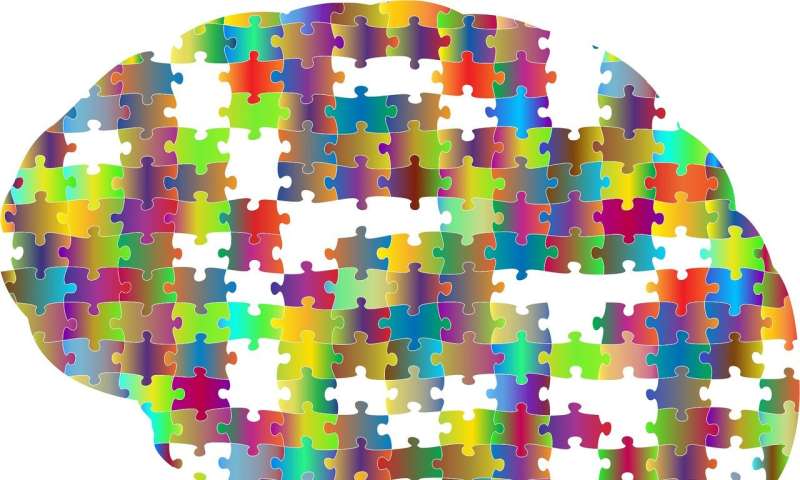Which role does the brain play in prosocial behavior?

Helping other people in need is a foundation of society. It is intuitive to believe that we help others because we emphatically share their pain. Neuroscience shows that when we see somebody in pain, our brain activates tactile and emotional regions as if we ourselves were in pain. A study from Selene Gallo (Netherlands Institute for Neuroscience, KNAW) investigated whether altering activity in these tactile brain regions while witnessing the pain of others would alter people's willingness to help. The results, published on 08 May 2018 in eLife, are of great importance to understand our social human nature and to find treatments for pathologies, like psychopath individuals.
To answer the question, researchers from the Social Brain Lab, led by Valeria Gazzola and Christian Keysers (Netherlands Institute for Neuroscience, KNAW), gave participants the opportunity to reduce the pain of a victim receiving a swat on her hand. They could reduce the pain by giving up money they could have otherwise taken home while their tactile brain activity was measured and altered.
The researchers used electroencephalography, a method to record electrical activity of the brain, in healthy human participants. With this method, they found that the activity in tactile cortices increased when participants increased their donation. Later, they altered brain activity by using neuromodulation. Normally, participants gave more money when the victim experienced more pain. But when interfering with tactile activity, two related phenomena were observed: (a) people became less able to perceive in how much pain the other person was and (b) they no longer adapted their donations as appropriately to the needs of the other.
An important social function for the tactile cortices
The results suggest that our tactile cortices, primarily evolved to perceive physical touch and pain, have an important social function. They contribute to prosocial decision-making by helping to transform the sight of bodily harm into an accurate feeling for how much pain the victim experiences. This feeling is necessary to adapt our helping to the needs of others.
Providing a link between empathy for pain and prosocial behavior at the neural level is crucial to understand our social human nature and target pharmacological approaches to treat pathologies in which these mechanisms dysfunction, for example in psychopath individual or in children with callous unemotional traits.
More information: Selene Gallo et al, The causal role of the somatosensory cortex in prosocial behaviour, eLife (2018). DOI: 10.7554/eLife.32740


















